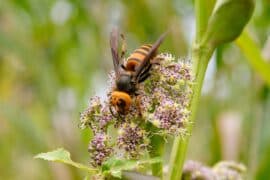Tumblegrass
(Muhlenbergia paniculata)

Description
Schedonnardus is a monotypic genus of herbaceous plants inthe family Poaceae. Its only species, Schedonnardus paniculatus, is native to America from Canada to Argentina. They are perennial plants, without rhizomes, forming loose tufts. Flower stems 8-50 cm long, erect or ascending, glabrous. Leaf-sheaths on the back, glabrous or rough, the ligule a glabrous membrane 1-4 mm long. Leaf-blades 2-5 (-11) cm long, 1-3 mm wide, ascending or arching, not stiff, gradually tapering at base, folded, glabrous on rough surfaces, along margins narrow whites. Inflorescences with (1) 2-14 spikes, these arranged pinnately and alternately along the curved or arched axis, with a terminal spike at the tip. Spikes 2-5 (-10) cm long. Spikelets with 1 perfect floret. glumeslinear to narrowly lanceolate, 1-veined, pointed at tip but unawned, rough on vein, lower glume 1.5-3.2 mm long, narrower than upper glume, which is 2.6-4.3. Lemmas 3-5 mm long, narrowly lanceolate, 3-veined. Fruits 1.9-2.4 mm long, linear to broadly narrowly oblong-elliptic, the tip with a persistent style, reddish brown to dark brown. Scattered in the western half of the United States, Canada, Mexico, Argentina, in rarely dry upland prairies, clearings, and montane forests, on calcareous substrates; also grasslands, roadsides, and open and disturbed areas. Schedonnardus paniculatus was described by ( Nutt. ) Trel. and published in Annual Report of the Geological Survey of Arkansas 1888(4): 236. 1891. Schedonnardus: generic name that comes from the term schedon (close) and Nardus (another genus of poaceae). paniculatus: Latin epithet meaning "with panicle".
Taxonomic tree:







